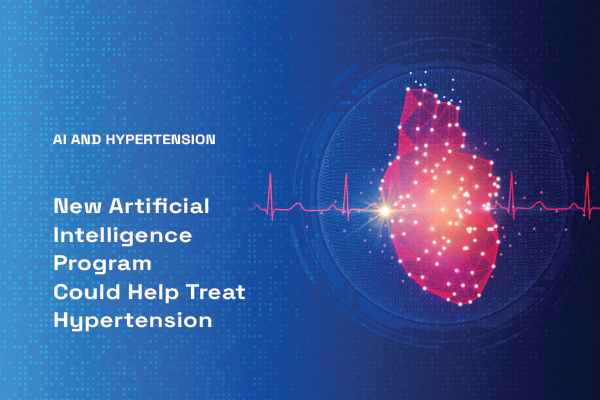New Artificial Intelligence Program Could Help Treat Hypertension
High blood pressure is a major risk factor for heart disease and stroke, two leading causes of death in the U.S, and it is on the rise in this country. Nearly one in two adults have high blood pressure according to the Center for Disease Control. While hypertension is a treatable medical condition, it can be challenging for physicians to treat as an individual’s diet, lifestyle, genetics, biology, and other personal factors can influence the effectiveness of therapy. Although physicians have a bevy of potential hypertension medications to choose from, each is littered with pros and cons, making prescribing the most effective one a challenge: beta-blockers slow the heart, but can cause asthma; ACE inhibitors relax blood vessels, but can lead to a hacking cough. Now, a new NSF-funded artificial intelligence program may help doctors better match the right medicines to the right patients.
The data-driven model, codeveloped by BU data scientists and Boston Medical Center physicians, aims to give clinicians real-time hypertension treatment recommendations based on patient-specific characteristics, including demographics, vital signs, past medical history, and clinical test records. The model, described in a recent study published in BMC Medical Informatics and Decision Making, has the potential to help reduce systolic blood pressure—measured when the heart is beating rather than resting—more effectively than the current standard of care. According to the researchers, the program’s approach to transparency could also help improve physicians’ trust in artificial intelligence–generated results.
“This is a new machine learning algorithm leveraging information in electronic health records and showcasing the power of AI in healthcare,” says PI Yannis Paschalidis, director of the Hariri Institute, distinguished professor of engineering and CISE faculty affiliate. “Our data-driven model is not just predicting an outcome, it is suggesting the most appropriate medication to use for each patient.”
